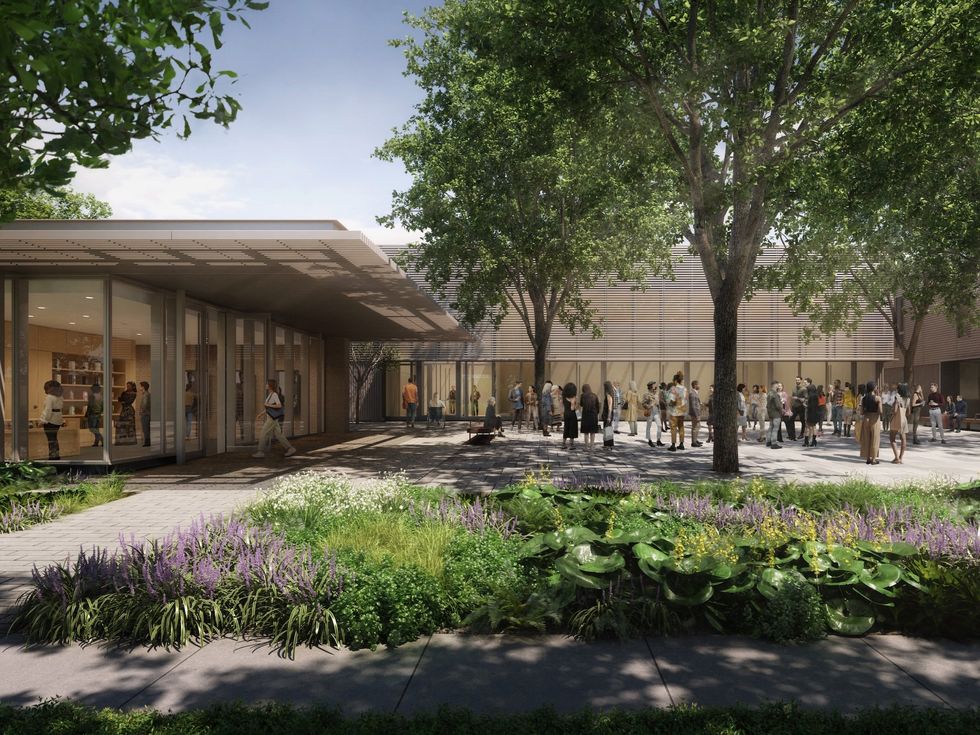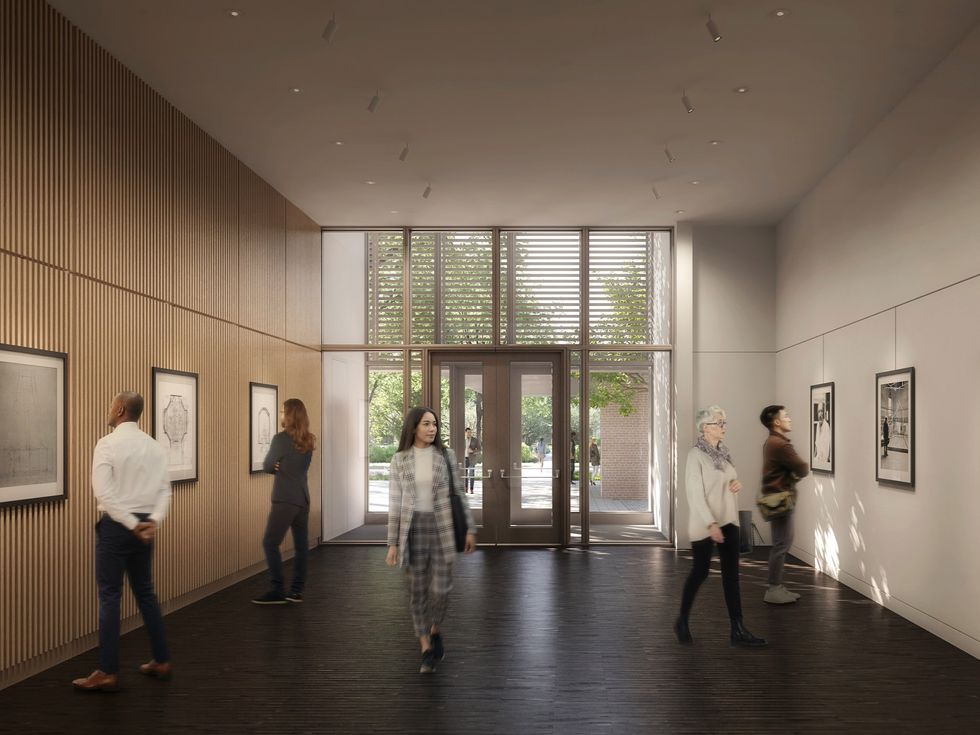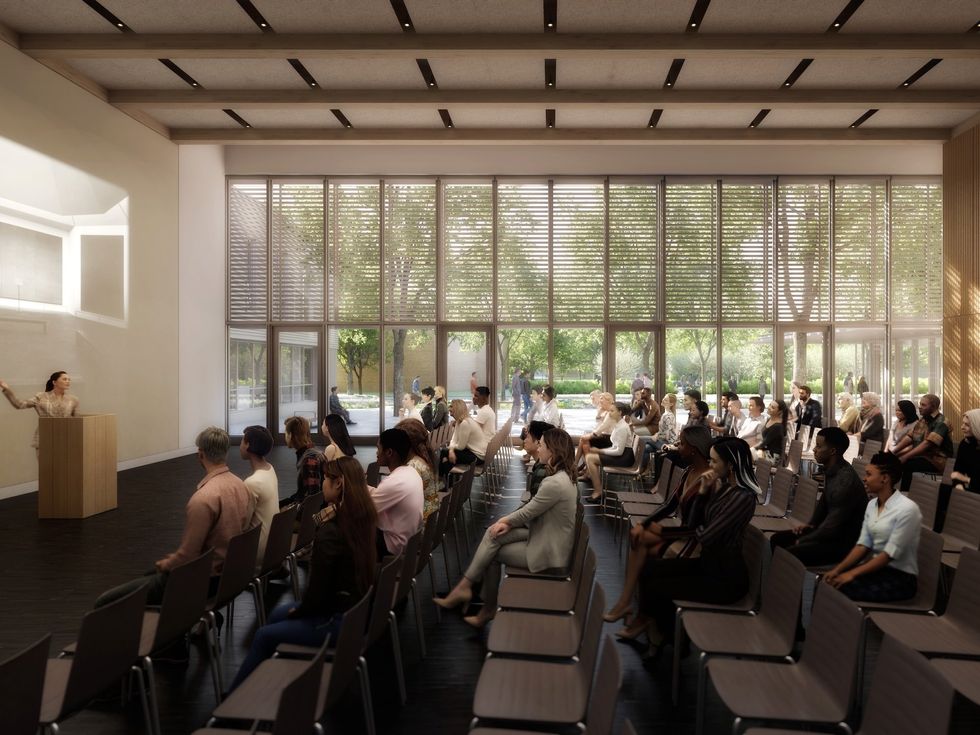Keying in on revenue
Stunning San Antonio hotel occupies spot among Texas’ most lucrative properties

Hotel Emma continues to check in among the top moneymaking hotels in Texas. The San Antonio stunner is one of the state's top properties in terms of revenue, according to a new report.
The report, issued by San Antonio firm Source Strategies Inc., shows that based on revenue per available room (RevPAR) — a key financial indicator in the hotel industry — the Emma ranked as the No. 3 most lucrative Texas hotel in the first quarter of 2019. The Ritz-Carlton, Dallas took the top spot and Four Seasons Austin took No. 2.
Hotel Emma stood its ground, remaining in the No. 3 spot for revenue. In the first quarter of this year, RevPAR reached $304.58, up from $289.52 during the same period last year, according to Source Strategies.
Hotel Emma, a 146-room boutique property at the popular Pearl District, continues to draw accolades from reviewers. For instance, the hotel in January earned a coveted Five Diamond Award from AAA.
Meanwhile in Dallas, the Ritz-Carlton ranked as the most lucrative Texas hotel in the first quarter of this year. It had held the No. 2 spot in the first quarter of 2018 but moved up to No. 1 in the fourth quarter.
The Ritz-Carlton’s RevPAR jumped from $337 in the first quarter of 2018 to $345.36 in the first quarter of 2019, according to Source Strategies.
Paul Vaughn, senior vice president of Source Strategies, attributes the Ritz-Carlton’s success, in part, to its desirable location in Uptown Dallas.
“It is a high-end luxury brand, and they charge a premium for their rooms. And people are willing to pay,” Vaughn says. “The amount of money they make per room puts them consistently at or near the top of our list.”
The Four Seasons Hotel Austin also held its position, remaining at No. 2 from the fourth quarter of last year to the first quarter of this year.
The 291-room Four Seasons saw its RevPAR slip from $345.95 in the first quarter of 2018 to $344.48 to the first quarter of 2019. (The first-quarter figure for the Four Seasons is not even $1 less than The Ritz-Carlton’s comparable number of $345.36.)
The Four Seasons “just underwent a three-year renovation,” Vaughn says, “so it looks like they’re getting some good demand out of the recent improvements.”
Even though Dallas’ 218-room Ritz-Carlton reigned as the revenue king of Texas in the first quarter, Austin boasted seven of the state’s 10 most lucrative hotels. Aside from the Four Seasons, they are:
- The Driskill at No. 4, with RevPAR of $304.58.
- Hotel San Jose at No. 5, with RevPAR of $287.22.
- Hotel Van Zandt at No. 6, with RevPAR of $283.77.
- South Congress Hotel at No. 7, with RevPAR of $271.35.
- JW Marriott Austin at No. 8, with RevPAR of $257.23.
- InterContinental Stephen F. Austin at No. 9, with RevPAR of $248.72.
Vaughn credits SXSW and the recently concluded state legislative session with helping pump up Austin’s hotel performance in the first quarter of this year.
Meanwhile in Dallas, the only other local hotel in the top 10 was Hotel Crescent Court (No. 10), with RevPAR of $248.54. That’s up significantly from $183.28 in the first quarter of 2018, when the hotel ranked 49th in the state for RevPAR. Vaughn says Hotel Crescent Court got a revenue boost from its recent $33 million overhaul.
The highest-ranking hotel in Houston was the JW Marriott Downtown Houston, at No. 29. RevPAR in the first quarter of this year was $206.37, up slightly from $205.32 during the same period in 2018.
Source Strategies says the Houston hotel market is still struggling in the aftermath of Hurricane Harvey in 2017.
“The Houston metro continues to see revenues recede after the strong emergency demand from the end of 2017 and in early 2018,” Todd Walker, president of Source Strategies, says in a release. “Some areas of the metro are performing well, but others have experienced sharp declines in demand, occupancy, and revenues.”
Vaughn says that after Hurricane Harvey hit in August 2017, some hotels in the Houston area “were taken out of service and are slowly filtering back into the market.”

 The paintings in varying shades of black invite contemplation while gazing at different tones.
The paintings in varying shades of black invite contemplation while gazing at different tones.


 A large room will host lectures, events, meetings, and more.Rendering courtesy of ARO
A large room will host lectures, events, meetings, and more.Rendering courtesy of ARO